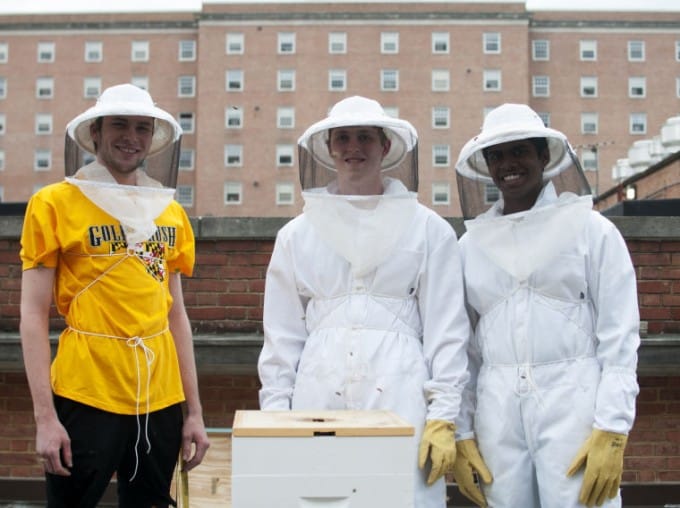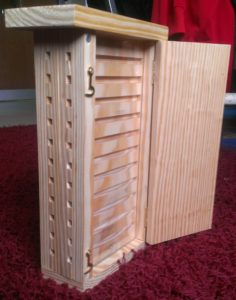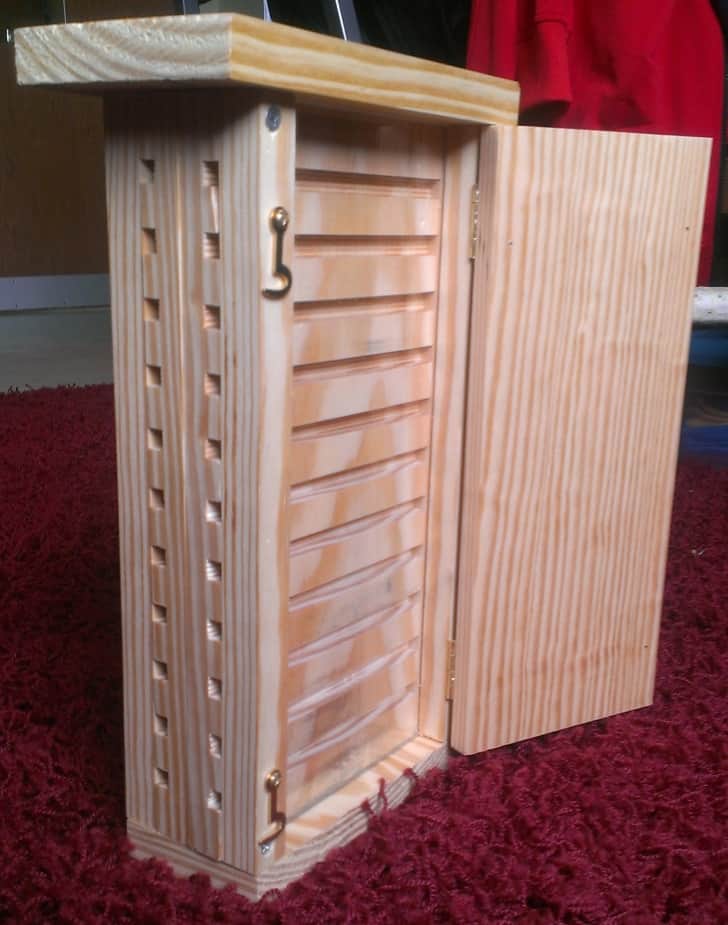
Copyright © 2013 Charlie DeBoyace/The Diamondback
http://www.diamondbackonline.com/news/campus/article_cf168956-ab05-11e2-91f3-001a4bcf6878.html?mode=image
Jordan Arata is a mechanical engineering major at University of Maryland who worked on the native pollinator project in our lab. He is also a member of the beekeeping club on campus and started the UMD apiary on the North Campus Diner. This is his blog entry…
As a PollinaTerp, I was tasked with building solitary bee observation hives (shown in the picture) and learning more about native bee nesting in general. Mason bees and leafcutter bees are some of the easiest bees to provide a home for. They live in pre-existing tunnels around 6 inches deep and 5/16” in diameter on average. Mason bees start at the back of a tunnel (or build a back wall using mud if the tunnel is too long), create a dough ball of pollen and nectar, lay an egg on top of the dough ball, and seal the chamber off with mud. They make several consecutive chambers in this manner until they reach the entrance to the tunnel. Leafcutter bees do the same thing, only they line their tunnels and build their chamber walls with leaves. The solitary bees lay females in the back chambers and males in the front, since males develop faster. This also makes sure that there are males ready and waiting to mate once the females emerge. If a young solitary bee decides it’s time to emerge and the bee in front of it hasn’t, it nips at the other to prompt its emergence (the bees are all fully developed before spring). Males live outside while females live in the tunnels and work to fill them with baby bee chambers. Adult bees die after they have made one or a few nests. Their eggs will develop into adult bees and hibernate through the cold season.
Nesting for solitary bees is easily provided by drilling holes in wood. Just make sure to drill very well! Otherwise, wood fibers pushed against the tunnel wall by the drill bit will protrude with changes in heat and moisture, forming porcupine-like tunnel walls – not a great place to live! Drilled wood can also be hard to clean out if any of the solitary bees do not make it through the winter. Both of these problems are easily solved by using parchment paper to line the tunnel walls. Just take some parchment paper and roll it using a pencil. Make sure to fold the back end so that the back most young come out with the paper roll rather than sliding out and remaining in the hive. If you notice in the spring that none of the bees emerge from a certain tunnel, just throw it out. Also, try to change out the paper rolls once the bees have emerged and before they start making new chambers in them. Lastly, protect the wood from water, otherwise, dampness and the accompanying flora will kill the young bees. There is no need to start with bees; if you provide a good home, they will come!


I made the solitary bee observation hives for the PollinaTerps by cutting 5/16 channels into pine 1X8 boards that I cut to be 12” tall and 6” wide (=6” deep tunnels). I screwed these back to back and added a back and sides that would hold plexiglass over the channels and doors over the plexiglass. Then I added the top, bottom, and doors. These hives provide 5/16” by 5/16” by 6” square prism tunnels for the bees and allow the innards of the bees’ tunnels to be seen.
